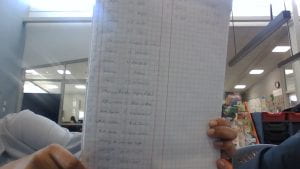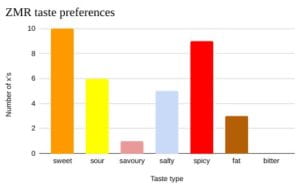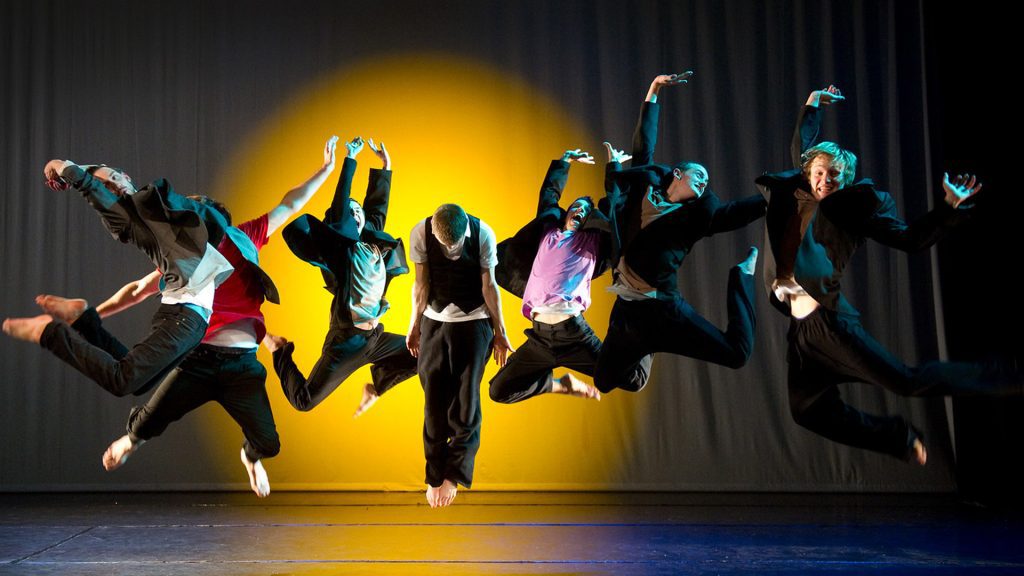Hello fellow readers! For Maths we have been doing math’s badges. I chose games and Puzzles because it seemed like the easiest since this is my first time doing Math’s Badges. Something I have found hard about making this game is that I had to start from scratch so I had no idea how to do this but I managed. I enjoyed making the little drawings on the how to play the game.
Section A
Option 4.) Design a card game, which could be used by children to enhance their mathematical understandings. Trial your game with a group of students and seek and record their feedback. This could be done electronically.
I have done this on paper and I haven’t completed it fully but it is work on progress.
My game name is: Math’s operation card game.
In this pack, it includes the following:
- A Dice with maths operations on its sides.
- 200 cards in a pack from -100 to 100.
- Instructions
Ages up to 3+
Up to 3+ people can play.
Rules/Instructions:
Shuffle the cards well. Roll the dice and draw two cards from the shuffled deck. Using that operation the dice landed on and the two numbers of cards, make a question and show it to the others. The first person who answers the question gets a point. Place the two cards into the discard pile. Repeat the process again but you don’t need to shuffle the cards again. If you run out of cards then you can shuffle the discard pile and put it into the deck.






